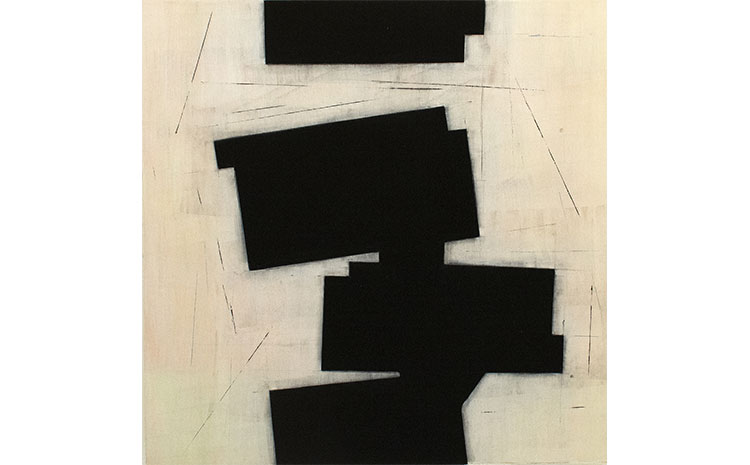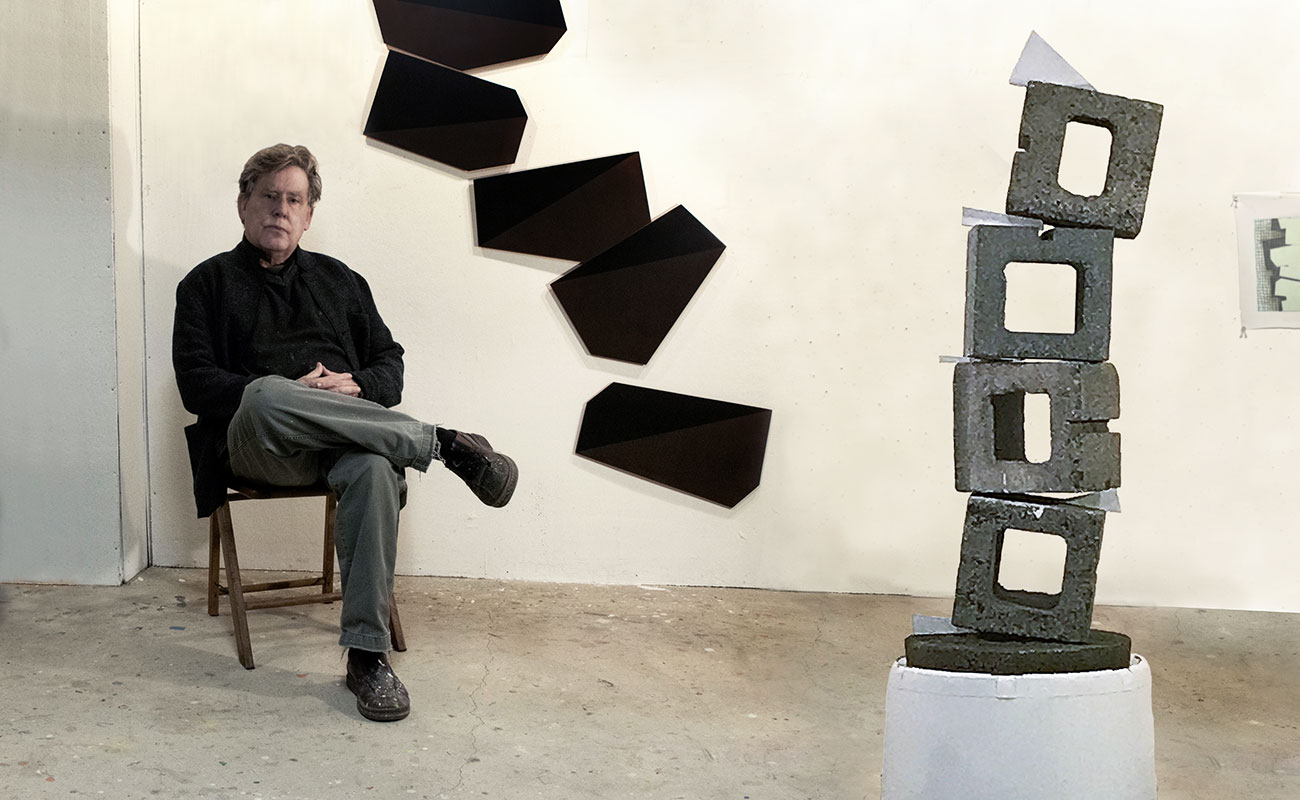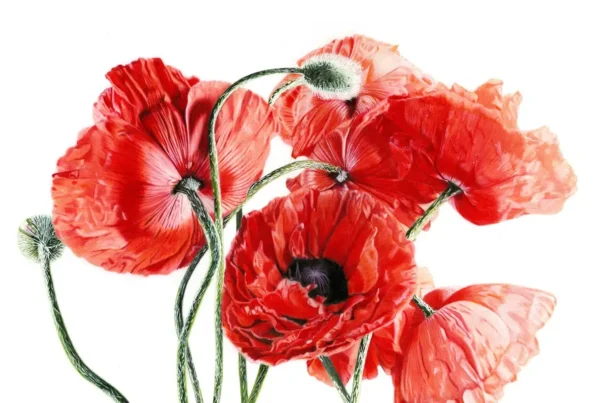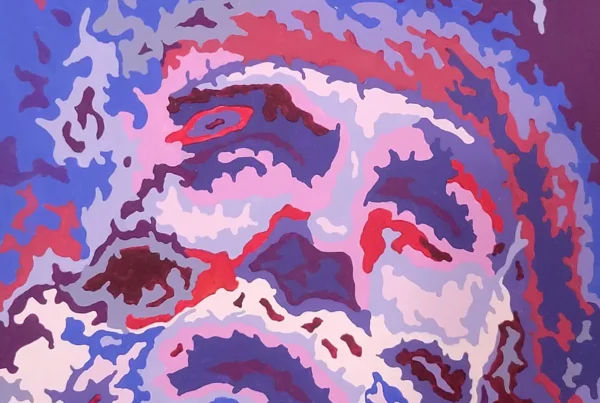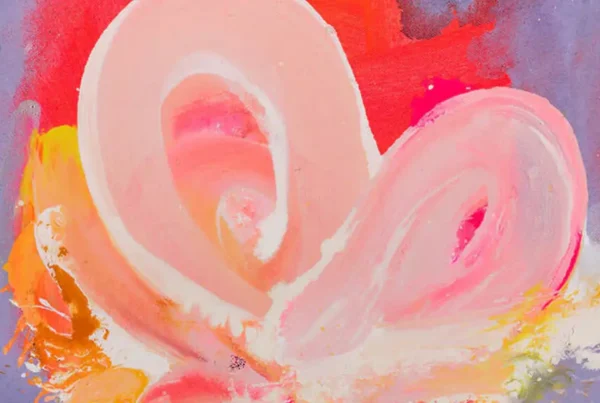“The Dys/Equilibria series offers a visual analog to the profound disequilibrium we are experiencing both privately and institutionally. All that we assumed to be stable and predictable has been revealed to be otherwise.”
Philadelphia-based Artist Steve Baris: A Multimedia Mastermind
Steve Baris is a Philadelphia-based artist who was born and raised in Washington State. He received a Bachelor’s degree from the University of Washington and The Evergreen State College. After moving to Philadelphia, he earned an MFA from Tyler School of Art. Steve’s primary focus is painting, but he also explores photography, video, installations, and design-based works. He is well-known in the art world, with exhibitions in North America, Europe, and Australia, and representation in prominent galleries such as Kathryn Markel Fine Arts in New York and Pentimenti Gallery in Philadelphia.
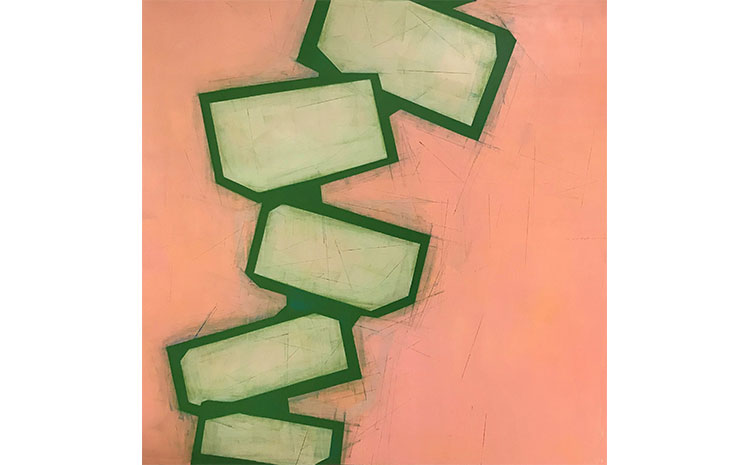
Exploring Urban Spaces through the Art of Steve Baris
Growing up, Steve Baris was raised in a number of Indian reservations located in Northern California, Washington State, and Montana. His father, a native New Yorker, was employed by the United States Bureau of Indian Affairs. These environments were largely rural and remote, with the largest town boasting a mere population of 6,000, which was a stark contrast to the metropolitan world Steve inhabits today. This background has had a profound impact on Steve’s perception of urban spaces and the ways in which they shape the daily experiences of those who inhabit them.
Baris’s artistic practice primarily revolves around painting in acrylic and oil, which he categorizes as geometric abstraction. His works are executed on a diverse range of substrates, including canvas, wood panel, Mylar, and Plexiglas, and his exploration of art encompasses photography, film, installations, and design-based projects. His current series of artworks, entitled “Dys/Equilibria,” was born out of the heightened tensions and societal disruptions brought about by the pandemic and the murder of George Floyd. This body of work serves as a visual manifestation of the profound sense of disequilibrium experienced at both the individual and institutional levels. In these pieces, Baris captures a moment of instability, akin to a freeze-frame in a film, at the precise moment when structures, bodies, psyches, or societies begin to collapse under the weight of tumultuous change.
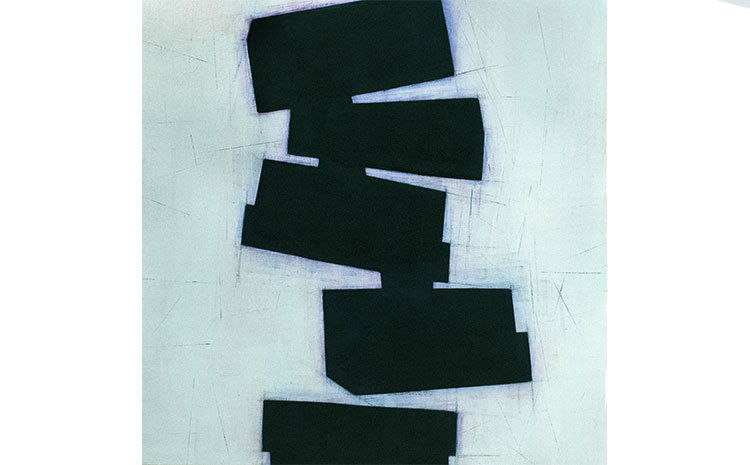
Influences and Inspirations: The Artistic Journey of Steve Baris
Steve Baris cites his personal repository of experiences, memories, books, and conversations as a major influence on his perspectives, but also recognizes the impact of contemporary built space. The Exurban Archipelago Project (https://www.stevenbaris.com/exurban-archipelago) marked a turning point in his artistic journey, as he explored American Exurbia and the rise of large distribution centers through a blend of art, sociology, and psychogeography. This project had a profound impact on his work and continues to shape his artistic pursuits, which can be seen in his tonal compositions, vivid colors, and incorporation of geometric elements. As a former MFA student of Tyler School of Art, Steve started with printmaking and depicted stripped-down architectural interiors, but has since moved towards more abstract paintings.

On Creativity and Mental Health
Steve Baris believes that it would be difficult to single out a few of his most recent works as being particularly compelling, as choosing a favorite among them would be akin to choosing a favorite child (which the artist humorously points out he does not have). Currently, Steve does not have a specific dream project in mind, although he often contemplates undertaking an ambitious endeavor that would likely require substantial funding and external resources. Despite this, he is content to follow the flow of his creative process and see where it takes him. Steve is confident that the vast majority of artists would concur that creating art is crucial for maintaining both mental health and overall well-being. In his opinion, it is difficult to imagine how non-artists manage to keep their mental faculties in check. Additionally, his own artistic pursuits have greatly enhanced his teaching, as they contribute greatly to his classroom performance.
